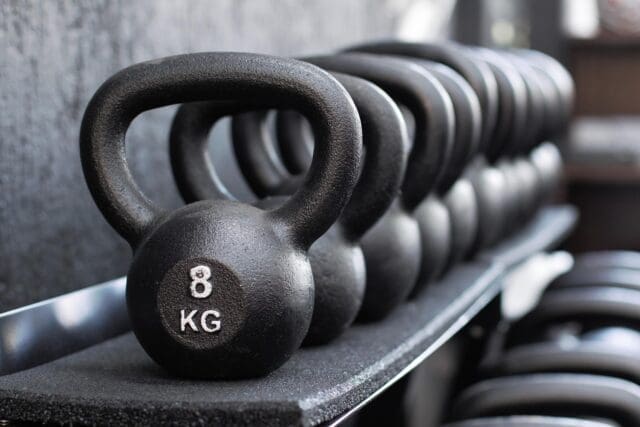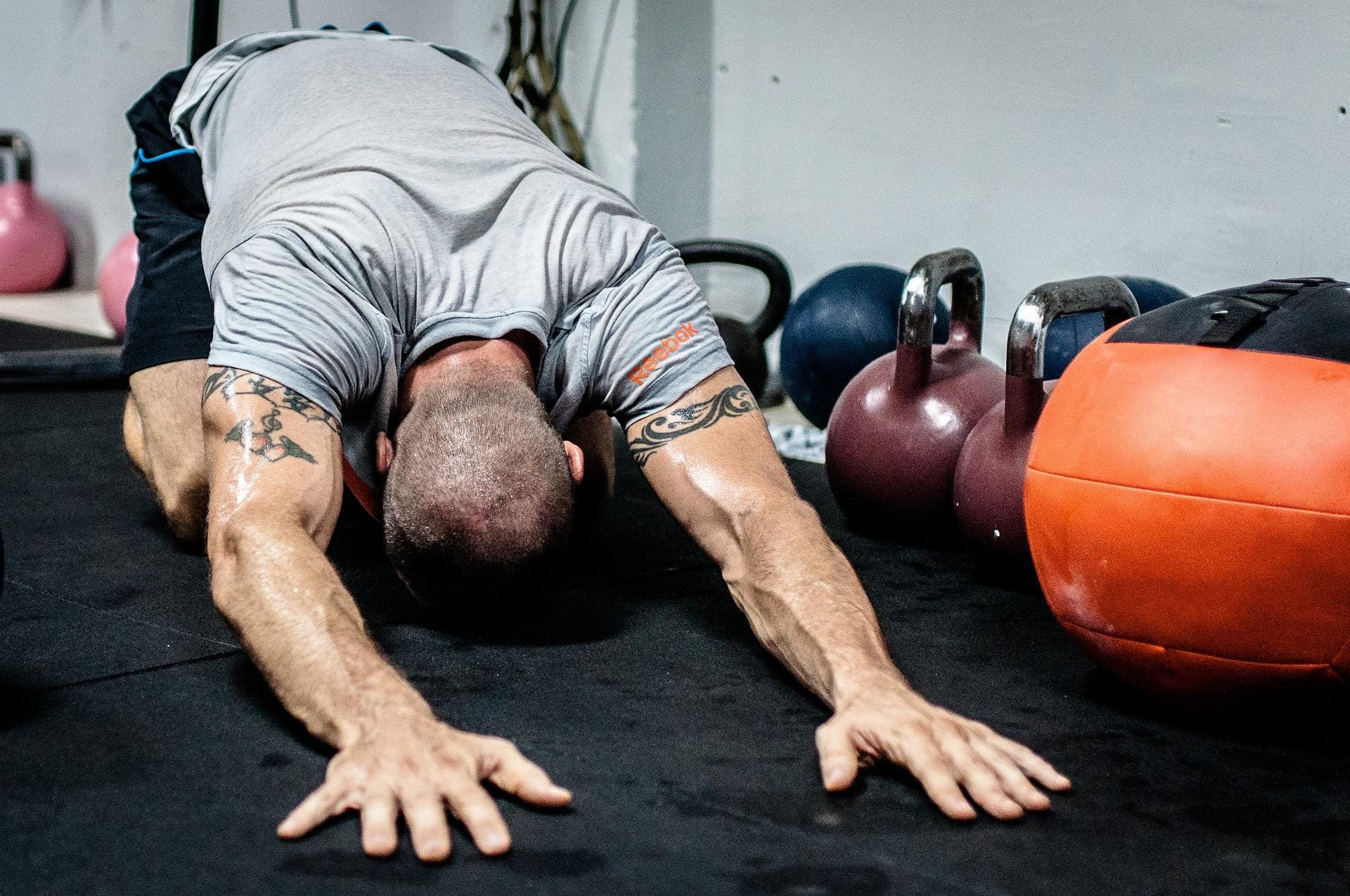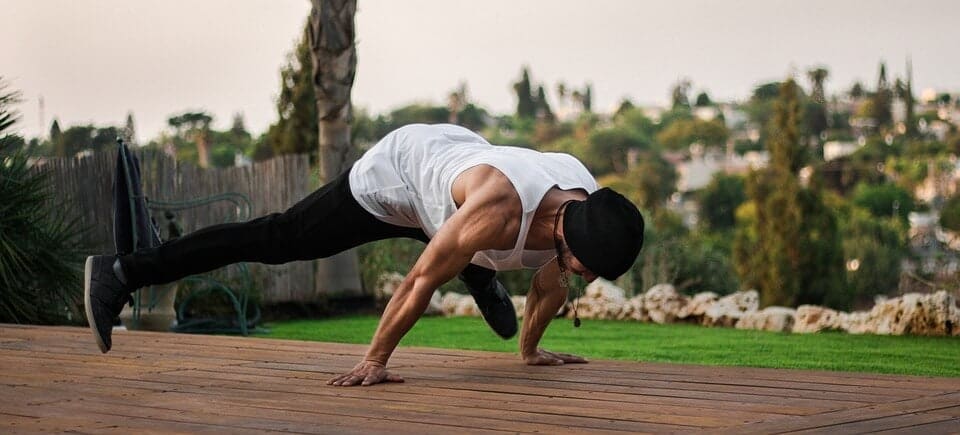

It can be difficult to get into the habit of strength training exercises at home if you’re used to going to the gym. Most local gyms have everything you need, including barbells, dumbbells, kettlebells, weight machines, resistance bands, and cardio machines.
On the other hand, your gym home set-up is most likely less well-stocked. Perhaps you have a resistance band, an old kettlebell, or some modest gym equipment such as a set or two of dumbbells – not exactly what you need for a well-rounded strength training routine.
However, there are a few simple ways you can get all the strength training benefits of a commercial gym in the comfort of your own home. Curious? Keep reading to find out more.
Try New Exercises
There is a lag between when your brain tries to figure out a new movement and when it truly masters it. “So, if you want to increase the intensity of your workout, just doing new things a lot of times will be a nice challenge for individuals.”
That could mean experimenting with new movements (such as a lateral lunge instead of a traditional forwards or backward lunge) or workouts, investing in a gym equipment package and working out on some new equipment, or going at bodyweight training such as pilates, yoga or Plyometric exercises.
The key to strength training at home is simply to step outside your comfort zone. Watch a video of something you might not have tried before; you’ll find the element of privacy from a home workout help in attempting new exercises and movements.
Introduce Supersets and Drop sets to your Strength Training
When you’re strength training at home and don’t have access to large weights, the superset (when you don’t rest between two different exercises) offers a lot of utility, especially if you meticulously schedule them. Supersets that engage the same muscle groups back-to-back can assist in ‘pre-exhausting’ your muscles, so you feel the benefits without doing as many reps.
For example, walking lunges (or regular lunges depending on how much mobility you have) are beneficial exercises. A superset of lunges would be leaving three reps in the ‘tank’ and then going straight into tempo squats, with a 5-second down phase, a pause, and then another 5 seconds to come back up.
You can apply the same concept to upper-body exercises by substituting push-ups and a chest press or overhead press for the lunges and squats. You’ll find an increase in efficiency when you don’t have to perform as many reps for your muscles to be stimulated.

Range of Motion
Extending your range of motion is one method to make exercises feel harder without adding weight. It is found that when you increase the range of motion in a given exercise, it increases the ‘eccentric’ contraction of the exercise, which helps in breaking down the muscle more efficiently.
You can perform this by elevating your front foot on a step or even a sturdy book instead of a standard split squat.
Because you’ll be dragging your leg down (and up) for a longer distance, you’ll begin to feel it working with less weight and fewer reps. When doing sumo squats, you can also lift your feet to allow the weight to travel further because you can squat lower. Push-ups follow the same principle. Placing your feet on a chair or table can increase the range of motion and the difficulty with it.
Don’t Neglect Legs
Unilateral movements, such as the lunge, split squat, or single-leg glute bridge, are crucial for correcting muscle imbalances, according to ACE-certified personal trainer Sivan Fagan, founder of Strong With Sivan in Baltimore, MD. They’re also quite difficult at far lighter weights than you’d need for bilateral exercises.
When you don’t have access to the larger weights that you’d use for bilateral actions like deadlifts or squats, she recommends focusing on unilateral training and performing them slowly, especially during the eccentric (or lowering) phase of the movement.
Define your Strength Training Goals
Slowly build up your strength and expectations of your body. Don’t feel like you have to dive in headfirst. Rather, commit to what you believe is reasonable for your body and plan what you can do each week. To begin, three days a week might suffice. Start doing more as you get more comfortable.
Getting results in your workout is all about consistency, and sometimes you’ll feel like you have no motivation to work out and that all the energy has been sucked right out of you. In these circumstances, getting up for a stretch or walking outside is an excellent way to get moving and maintain a strong commitment to your goals.
So there you have it – 5 simple tips for taking your home strength training routine to the next. Good luck with getting some good gains and crushing your goals!
Featured Image by alexdobrasil70 from Pixabay



